Our Blog - Summer 2024 Trip - Ramsgate, England
On the North side of Pegwell Bay is Ramsgate, one of the great English seaside towns of the 19th century. As you can imagine on the water, the main industries are fishing and tourism.
The town dates back to around 597 AD when the Christian missionary, St Augustine, came here. The town is home to the Shrine of St. Augustine. The construction of Ramsgate Royal Harbor began in 1749, and was completed around 1850. The harbor has the unique distinction of being the only harbor in the UK awarded the right to call itself a Royal Harbor. This title was bestowed by King George IV after he was taken by the hospitality shown by the people of Ramsgate when he used the harbor to depart and return with the Royal Yacht Squadron in 1821. Because of its proximity to mainland Europe, Ramsgate was a chief embarkation point both during the Napoleonic Wars and for the Dunkirk evacuation in 1940.
On Guildford Lawn are a set of Regency houses. Regency architecture encompasses classical buildings built during the Regency era in the early 19th century when George IV was Prince Regent. Many buildings of the Regency style have a white painted stucco facade and an entryway to the main front door (usually colored black) which is framed by two columns. Elegant wrought iron balconies and bow windows came into fashion as part of this style.
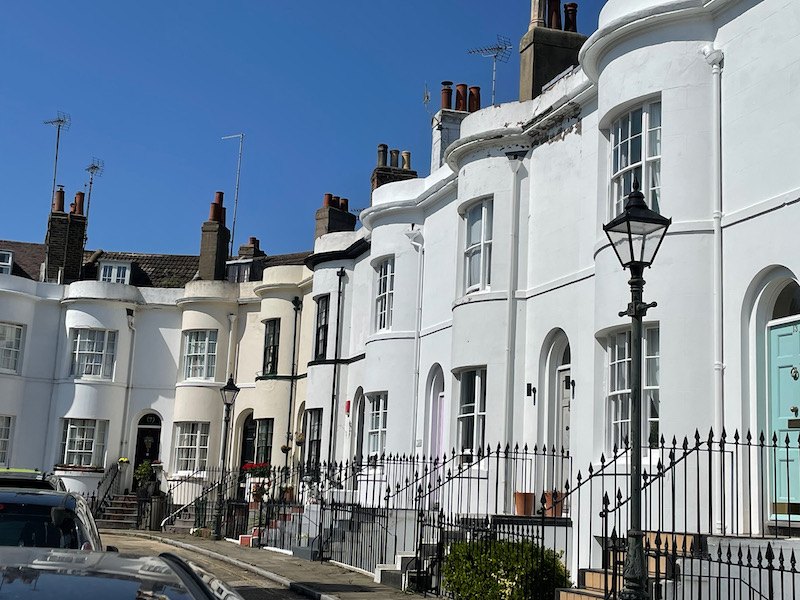
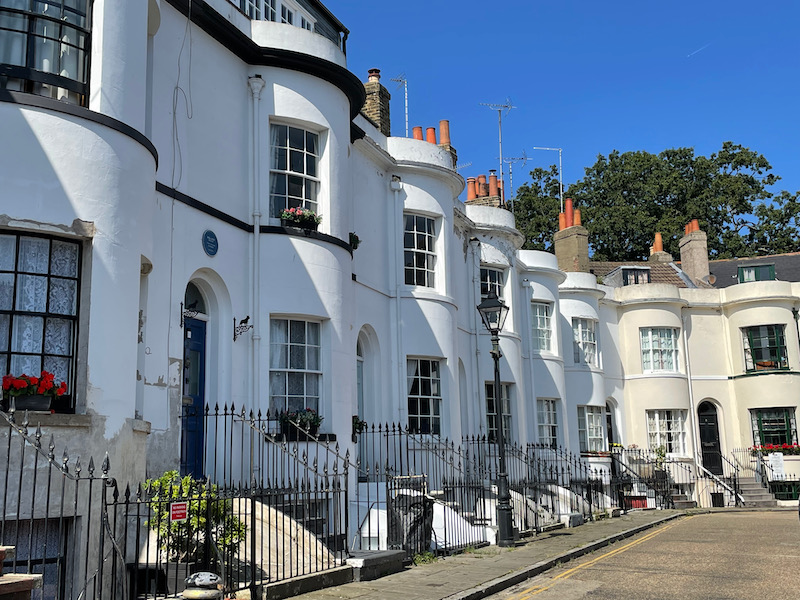
Ramsgate Library was originally built and paid for by Andrew Carnegie in 1904. In August 2004, a fire destroyed the library just two months short of its 100th anniversary. Though suspicions were raised as to what started the fire due to a similarly timed fire at the registry office, an inquest concluded that the blaze was too intense to pinpoint where and how the fire started. The new library was built using the shell of the old building and was reopened in Feb 2009. The stained-glass window was done by a local artist, incorporating designs from local school kids.
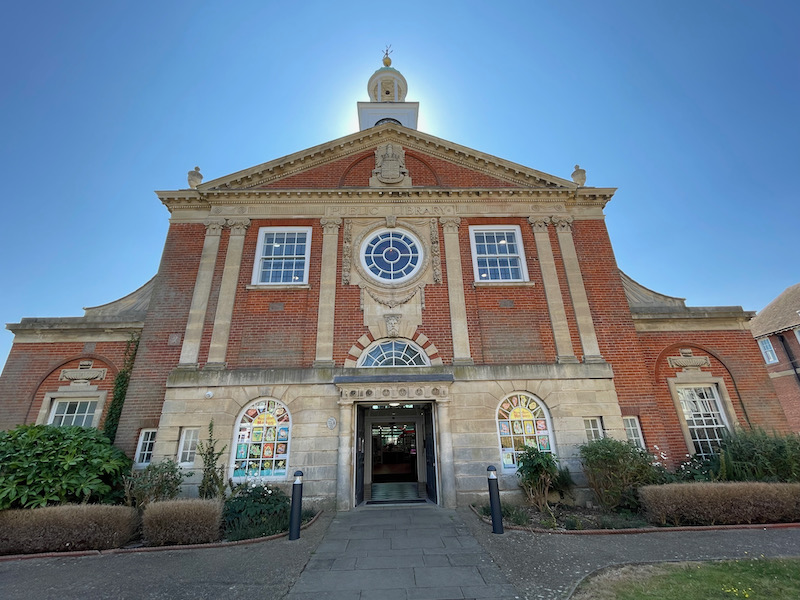
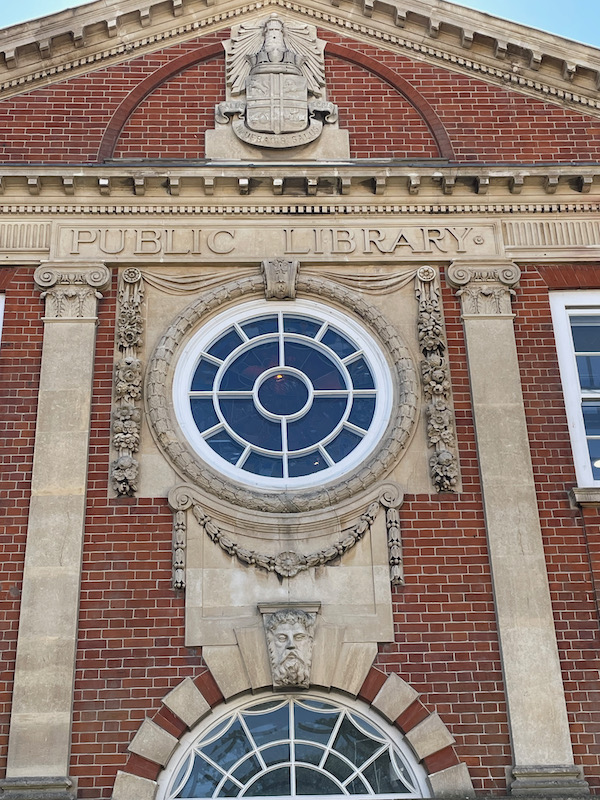
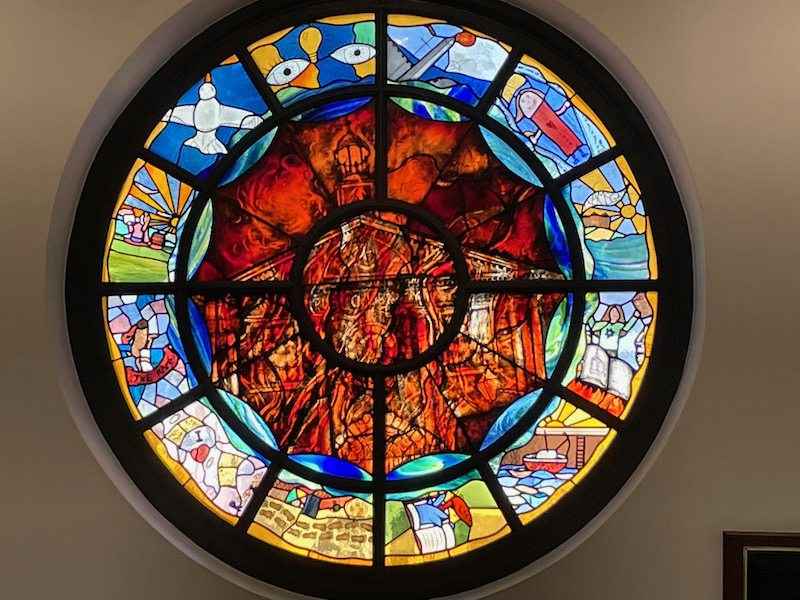
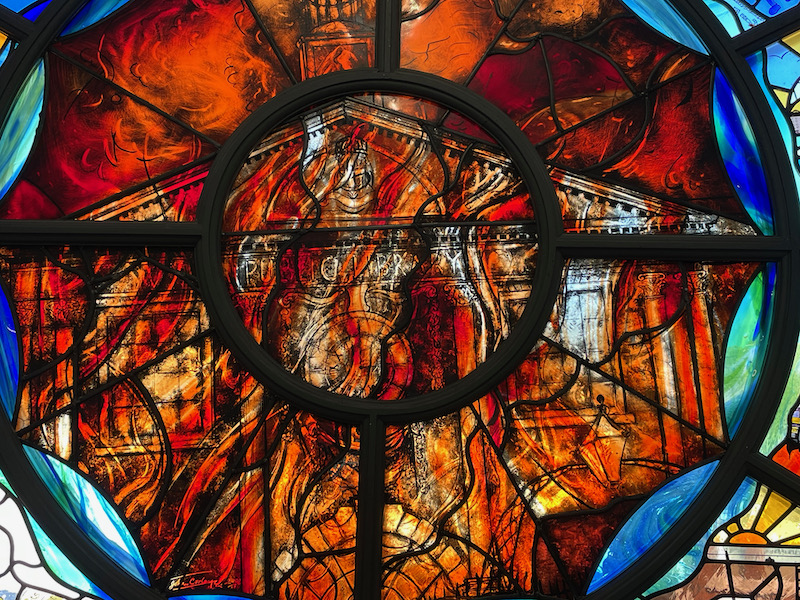
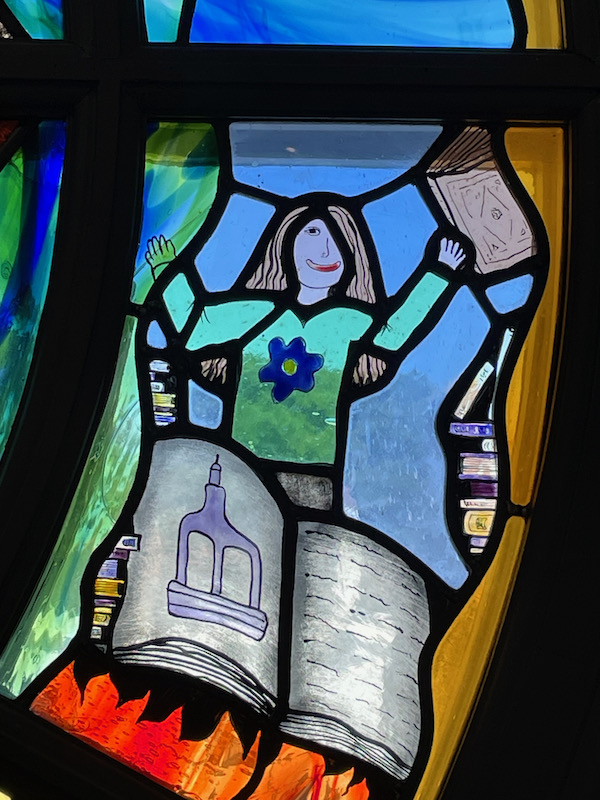

St Augustine’s Abbey and St Augustine’s Gothic church were both designed by Augustus Pugin using flint-stone construction. When he died in 1852, he donated the church to the local Catholic diocese. In 1856, a monastic community was started and took over the church, building an abbey across the street and was actually designed by 2 of Augustus Pugin's sons, Edward and Peter Paul.
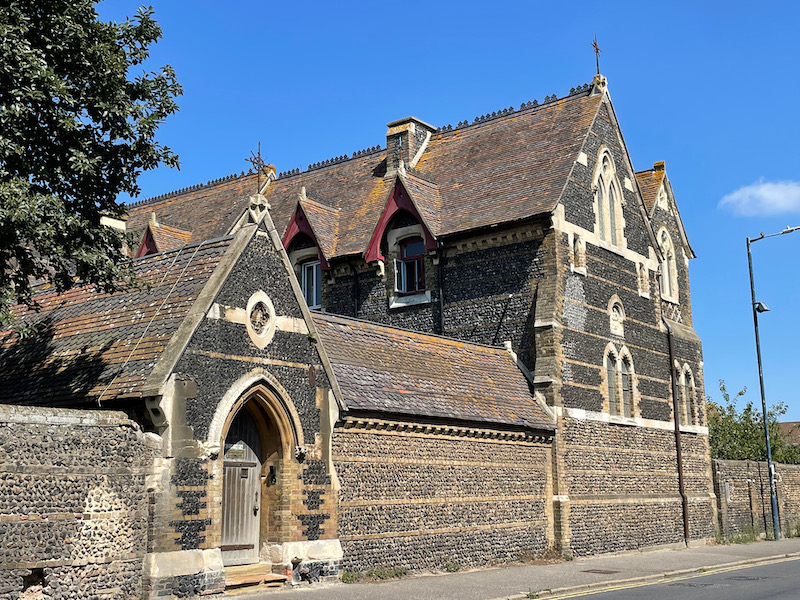
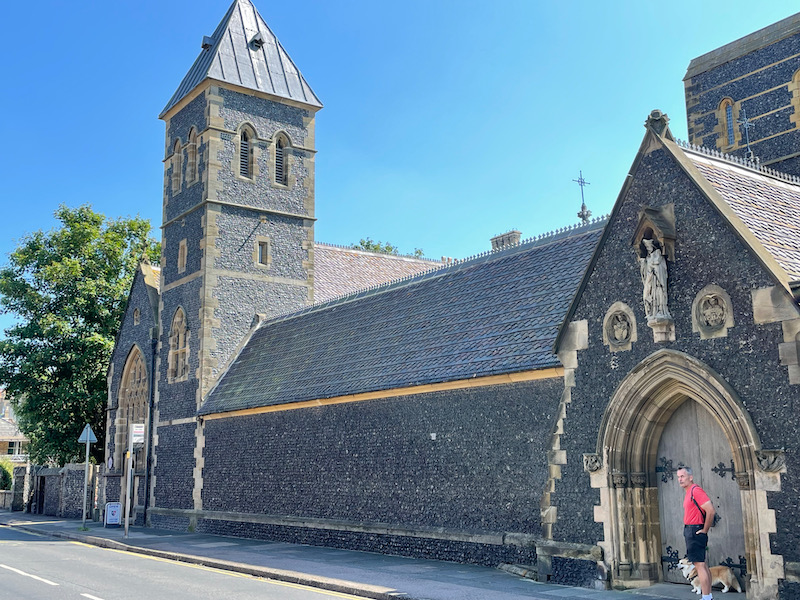
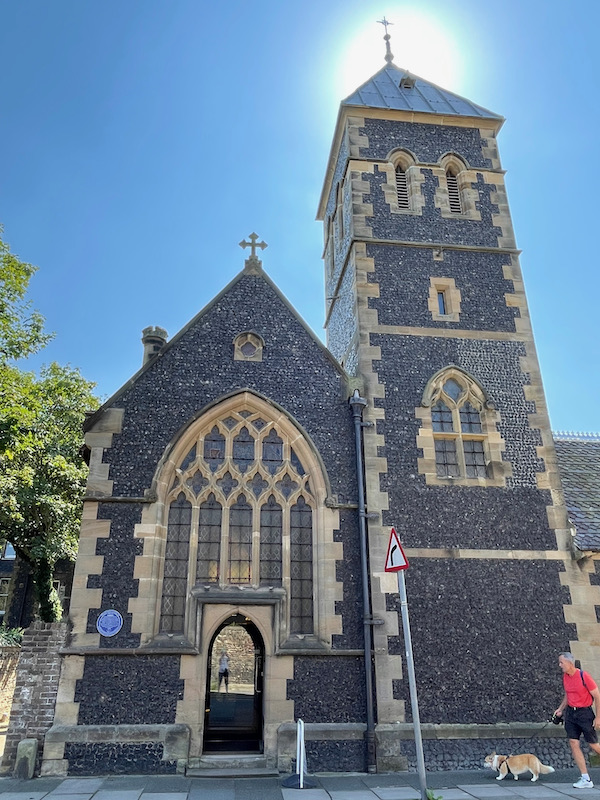
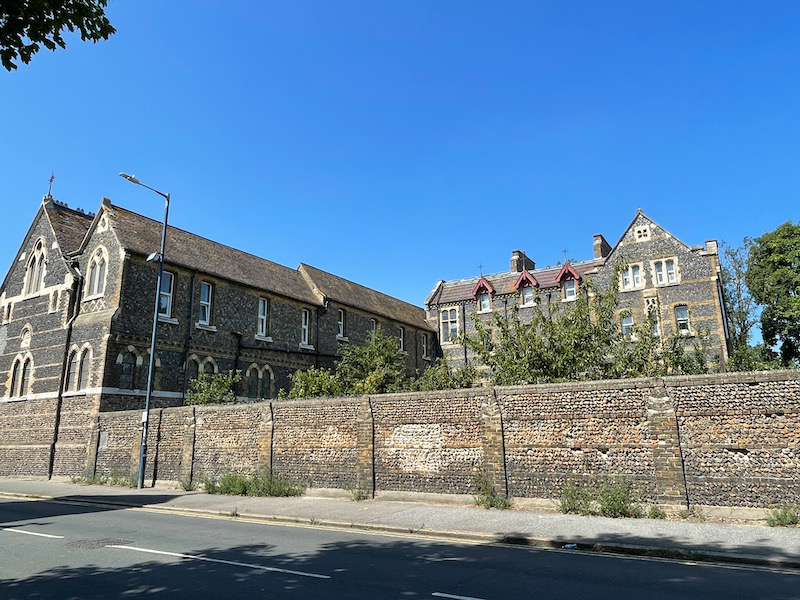
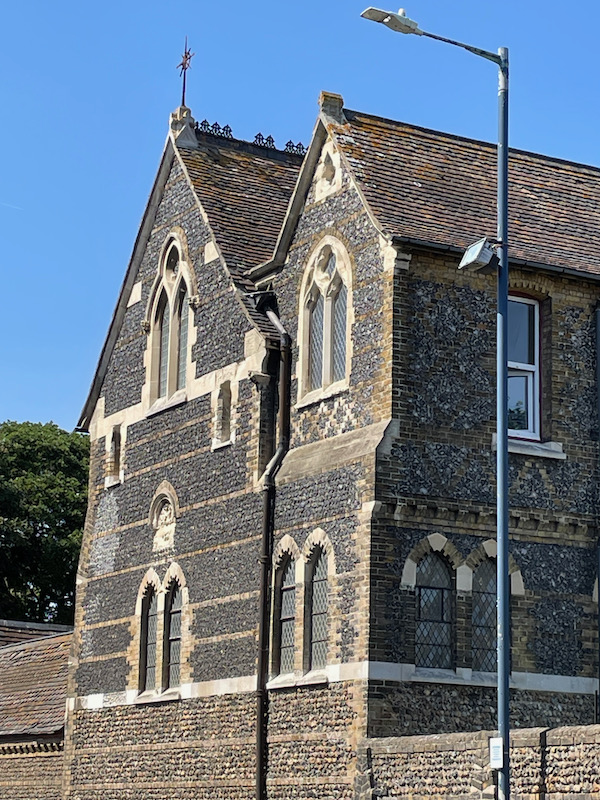
We headed up on a little park that had a nice view over the harbor.

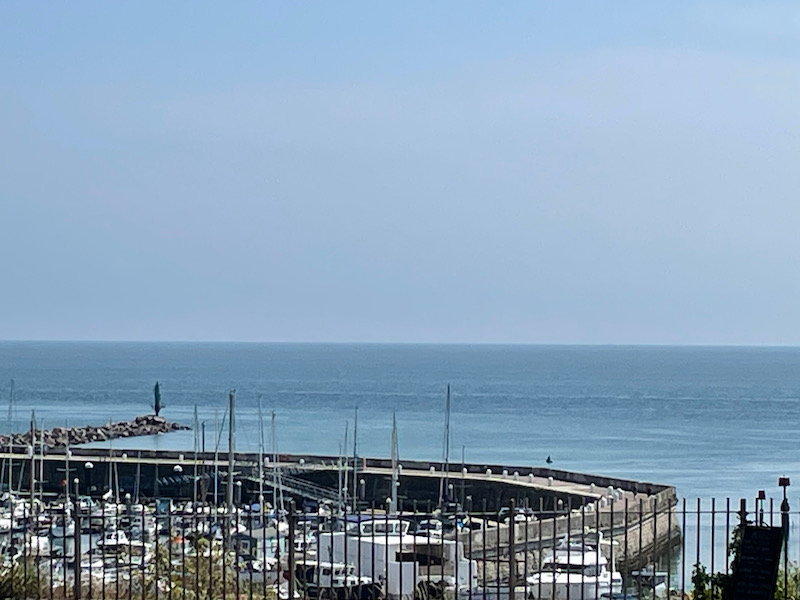
We went by another set of Regency-style houses on Liverpool Lawn, named after Earl Liverpool, Lord Warden of the Cinque Ports and Prime Minister 1812- 1827.
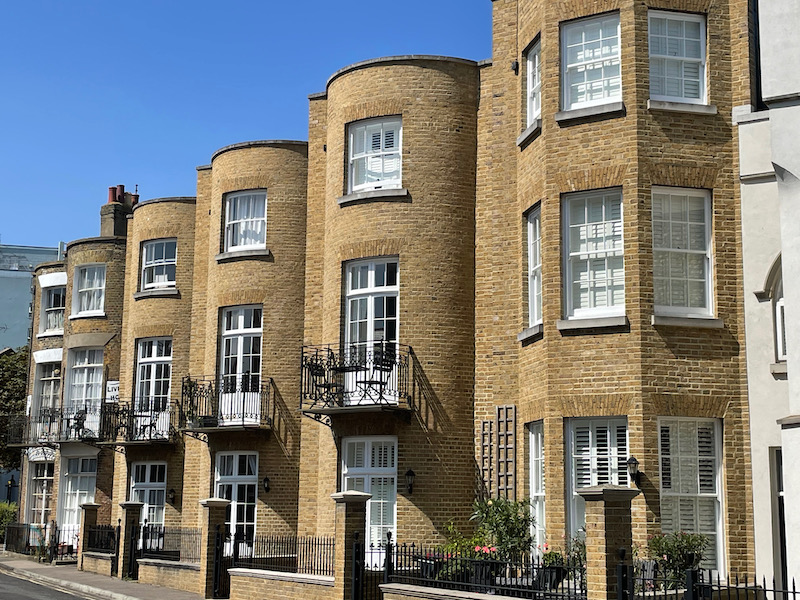
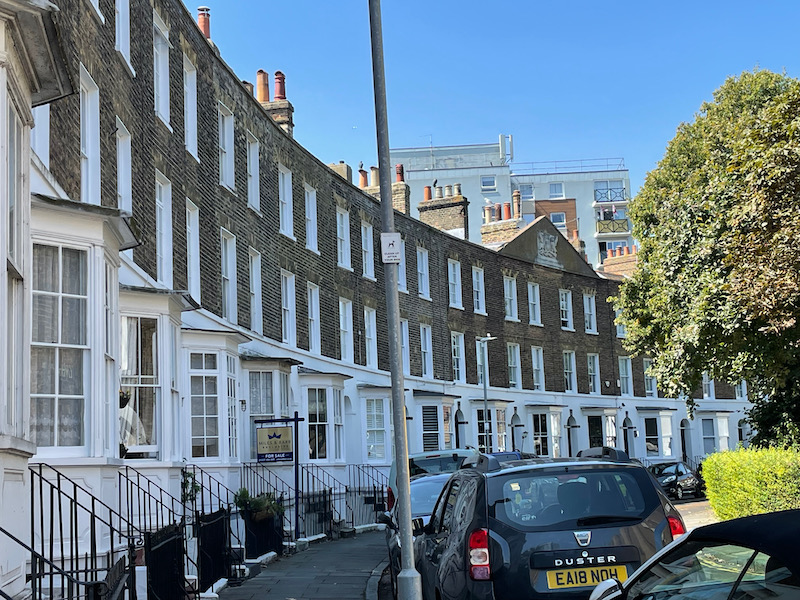
I don't know if this is any specific historical building, but I liked the coat of arms on the front.

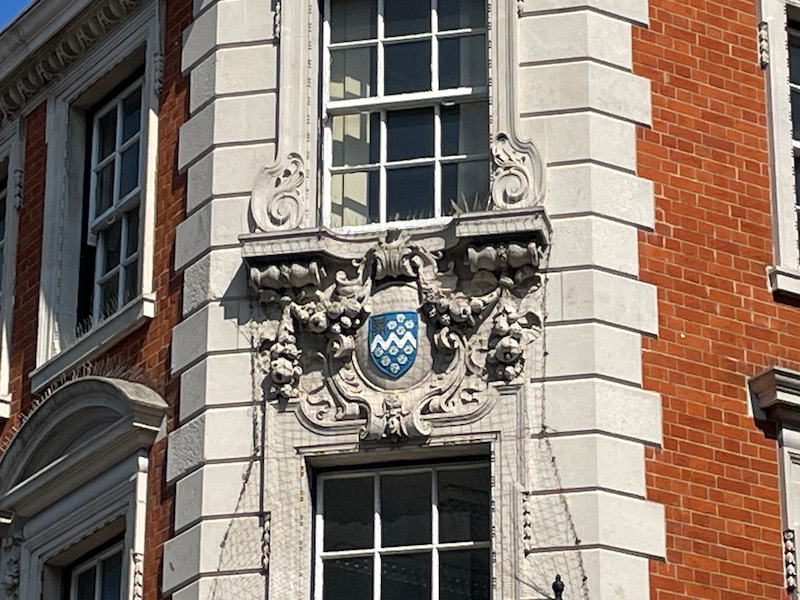
We saw various For Sale signs around from this company .... perhaps we need to send a cute Lucy picture in!
